By Eric Baker
Combat Mission: Afrika Korps is new game for PCs from Battlefront. As the name implies, the setting is the Mediterranean Theater of World War II including North Africa, Italy, Sicily and Crete. The years covered are 1940 to 1945. Players can compete against the computer or against one other player. The action is a hybrid of turn-based and real-time simulation with 3D graphics.
Afrika Korps is its own stand-alone game, but it is also part of the Combat Mission game series. AK has the same engine as the previous games but with improvements and changes to better portray the battles in its theater. For example, now the game takes into account multi-turreted tanks and the huge dust clouds created by military vehicles on the move in the desert. The game lets players refight the Deutsches Afrika Korps storming the fortress of Tobruk, Fallschirmjäger battles in Crete, or Patton’s drive through Sicily.
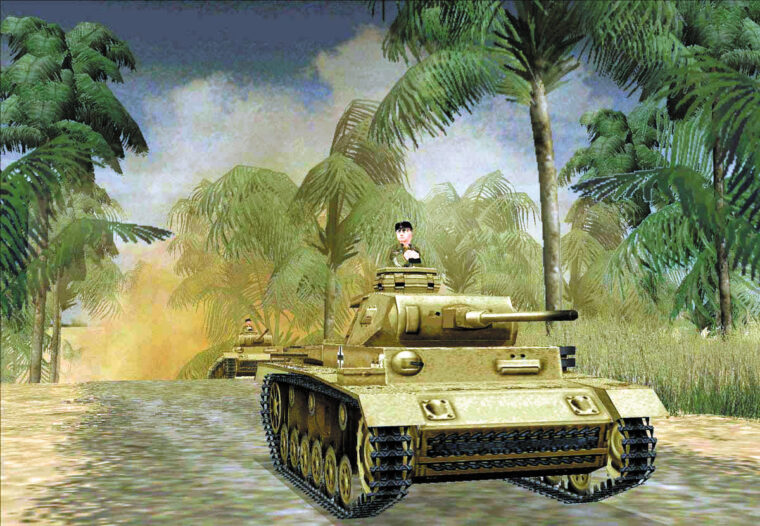
An optional addition to the two-player mode is the Historical Rarity of Units toggle. This keeps players from cherry picking the best of their army’s units for battles. Of course, players who enjoy such elite-on-elite fracases can turn this off. When the battles do start, the graphics and interface provide a 3D line-of-sight system, the possibility of misidentification of targets, and enemies being detected by sound, all of which were needed because the game now models spreading fires, billowing smoke, sand, wind, and night.
A different PC game with the same setting as AK that is also part of a series is Codename: Panzers–Phase II from CDV. C:PPII is also a real-time game, with style that is more war game-like rather than a simulation. The key to the single-player game in C:PII is the characters, most of whom return from Phase I, although the story of C:PII stands alone without having played the first. As players progress through the scenarios, they learn the story of the characters in journals and cut-scenes. This story and the experience system that lets units get better and better as they survive battles gives the player a reason to think of their units as more than just cannon fodder.
None of which is to say that C:PPII doesn’t have its simulation elements and its historical accuracy. There are three campaigns: North Africa, Italy and Sicily, and the Yugoslavian partisan campaign. Only in the last of these do players really need to worry about any of their units besides the tank ones. As befits its name, C:PPII is mostly about the care and feeding and deployment of armored units, a fact that doesn’t make it any the less fun to play.
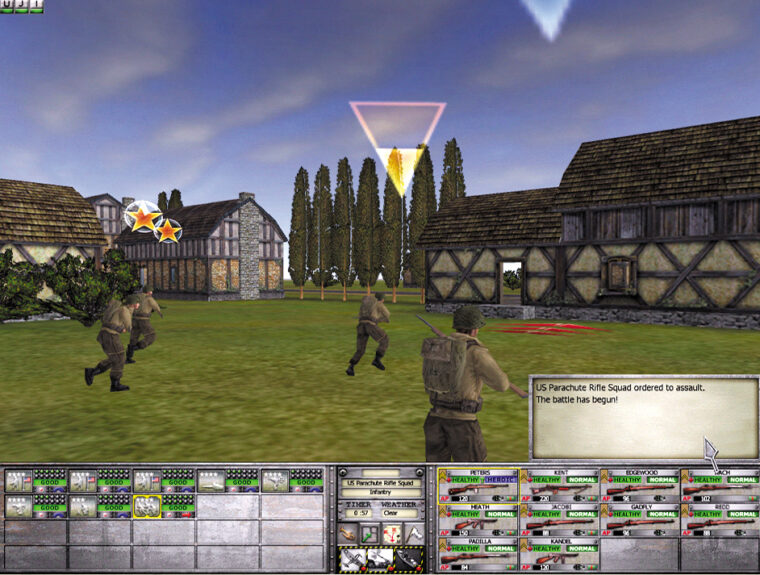
A smaller scale, smaller focus simulation of World War II combat is Merscom’s Squad Assault: Second Wave, also for PCs. This is a company-level simulation of squad-based tactical combat in France during 1944 displayed in a 3D real-time game. The goal is to model command difficulties and the real reactions of men under fire. The game is both single-player and multi-player over a LAN. There are 57 total single-player missions, some historical and others hypothetical.
While SA:SW is a fair traditional real-time game (meaning that the play keeps going even as the player is issuing orders), it does include a user defined auto-pause feature. This differs from a turn-based game in that the action only stops when certain things of the player’s choosing happen—such as a unit reaching its position on the map or coming under fire. Players can then issue orders and resume the game. Whether this is more or less realistic is a matter of taste, but it is certainly less frantic than straight real-time play.
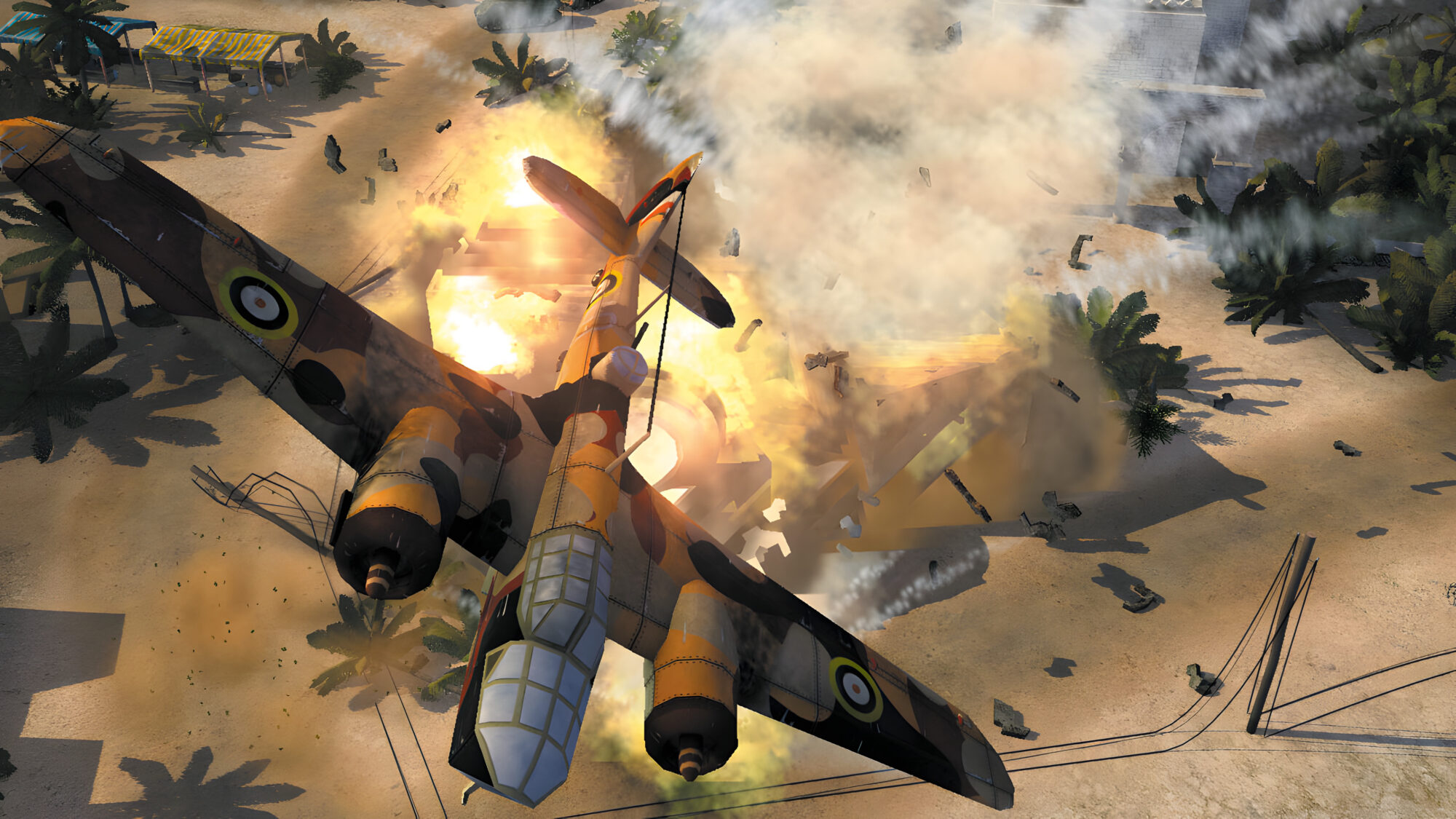
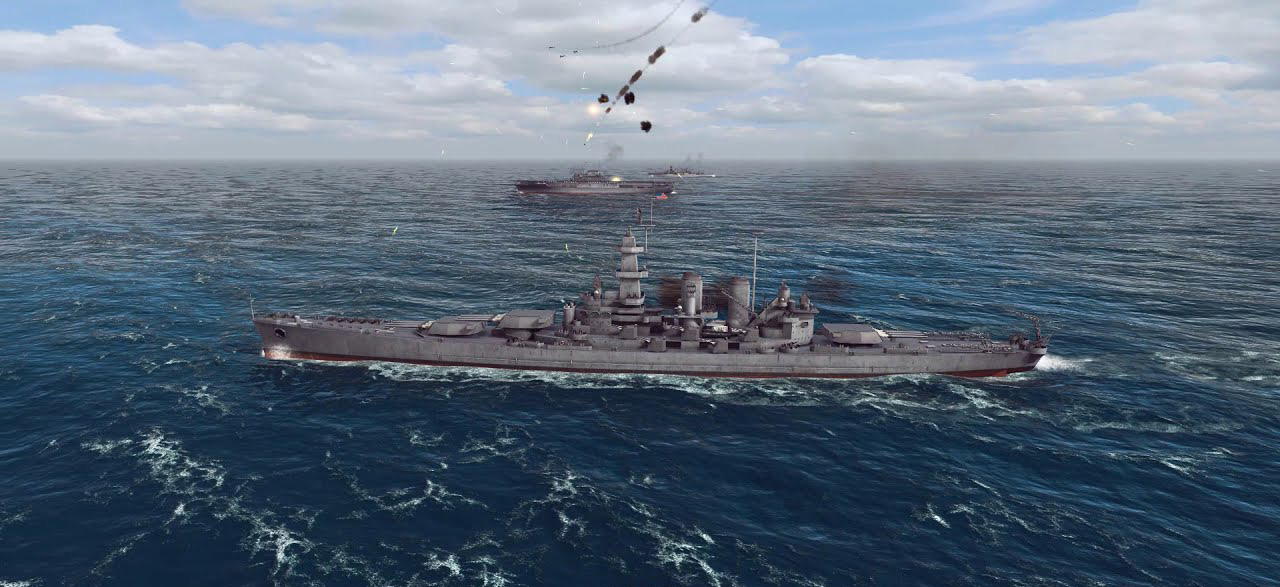
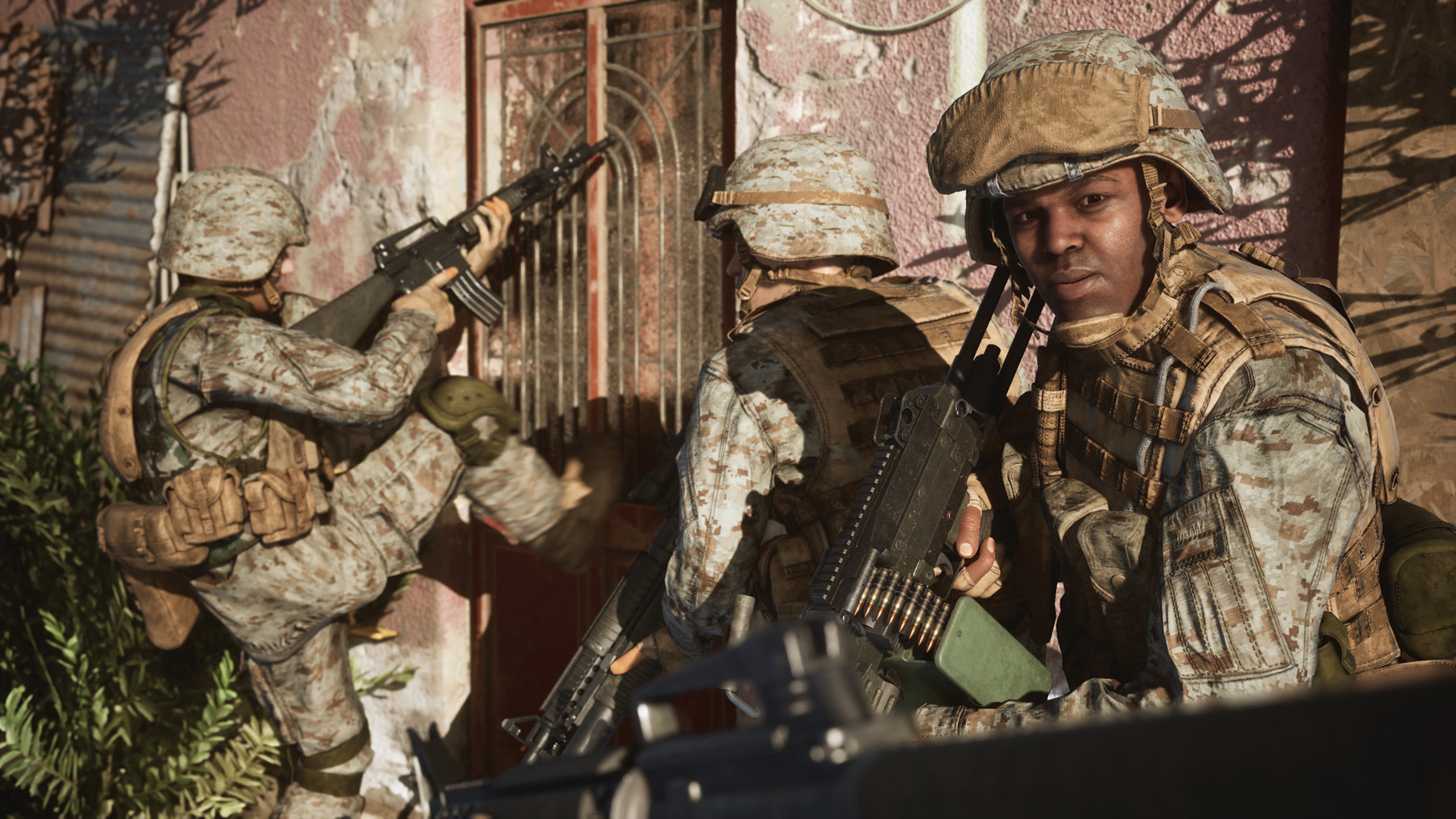
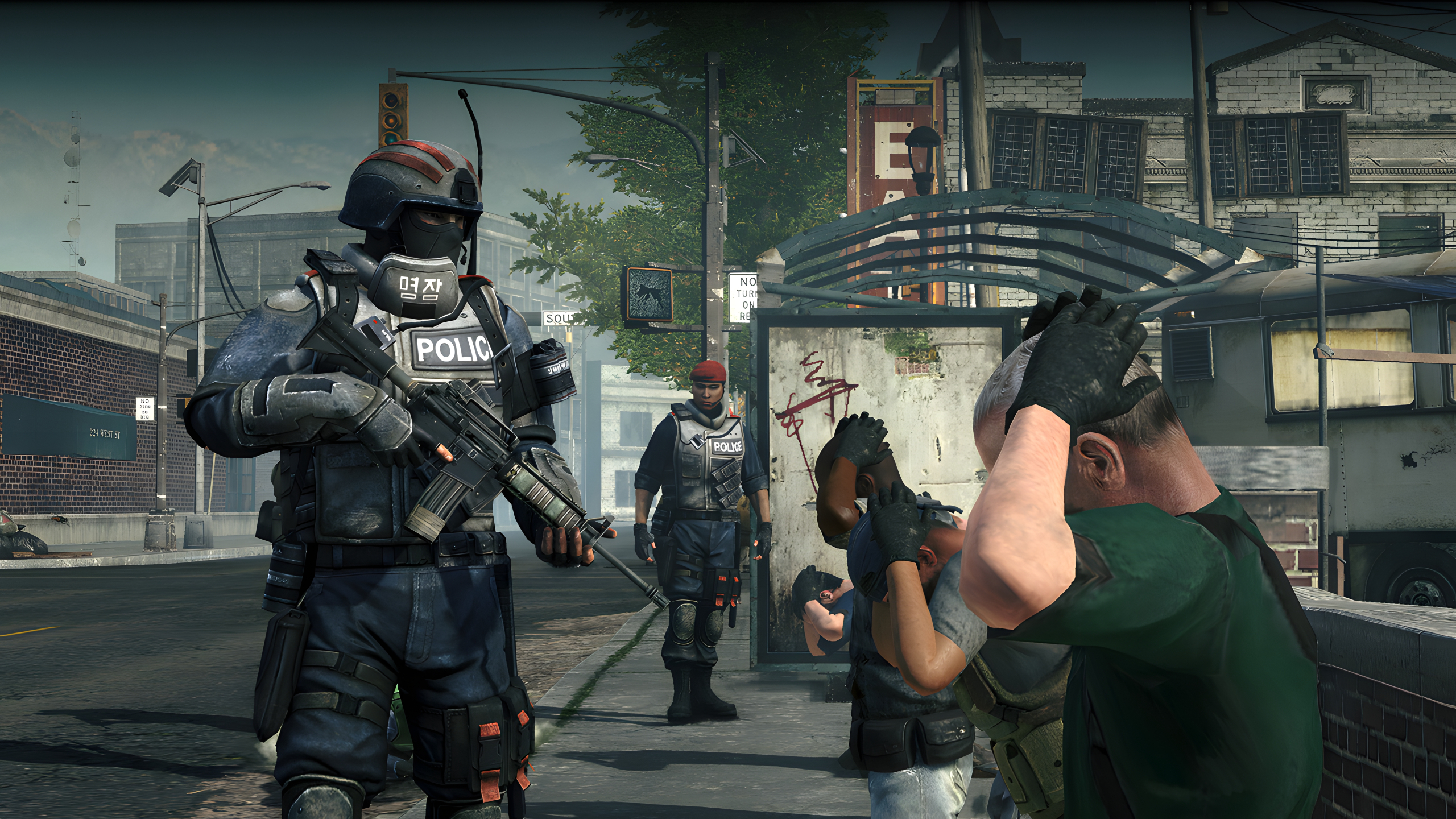
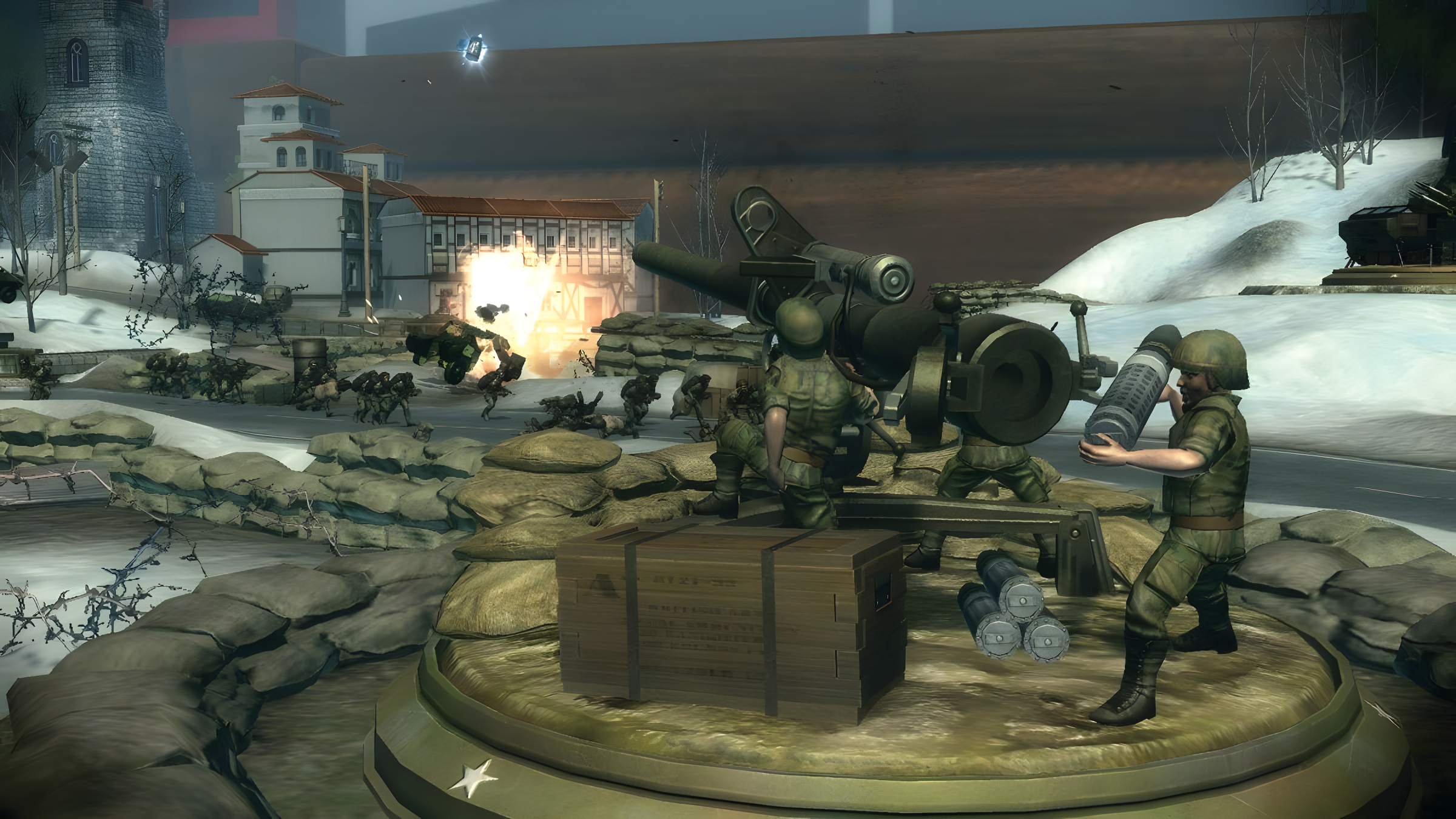
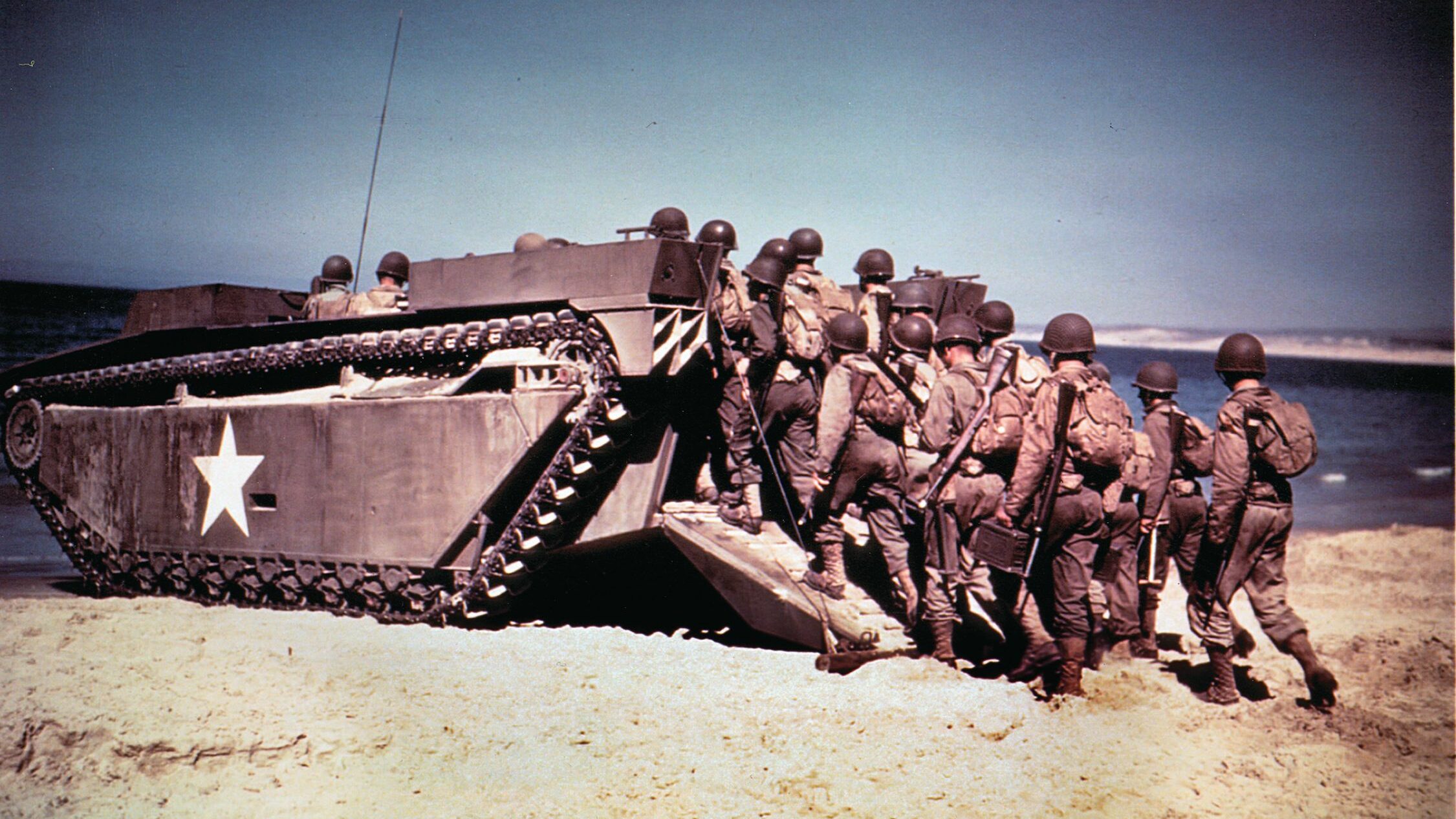
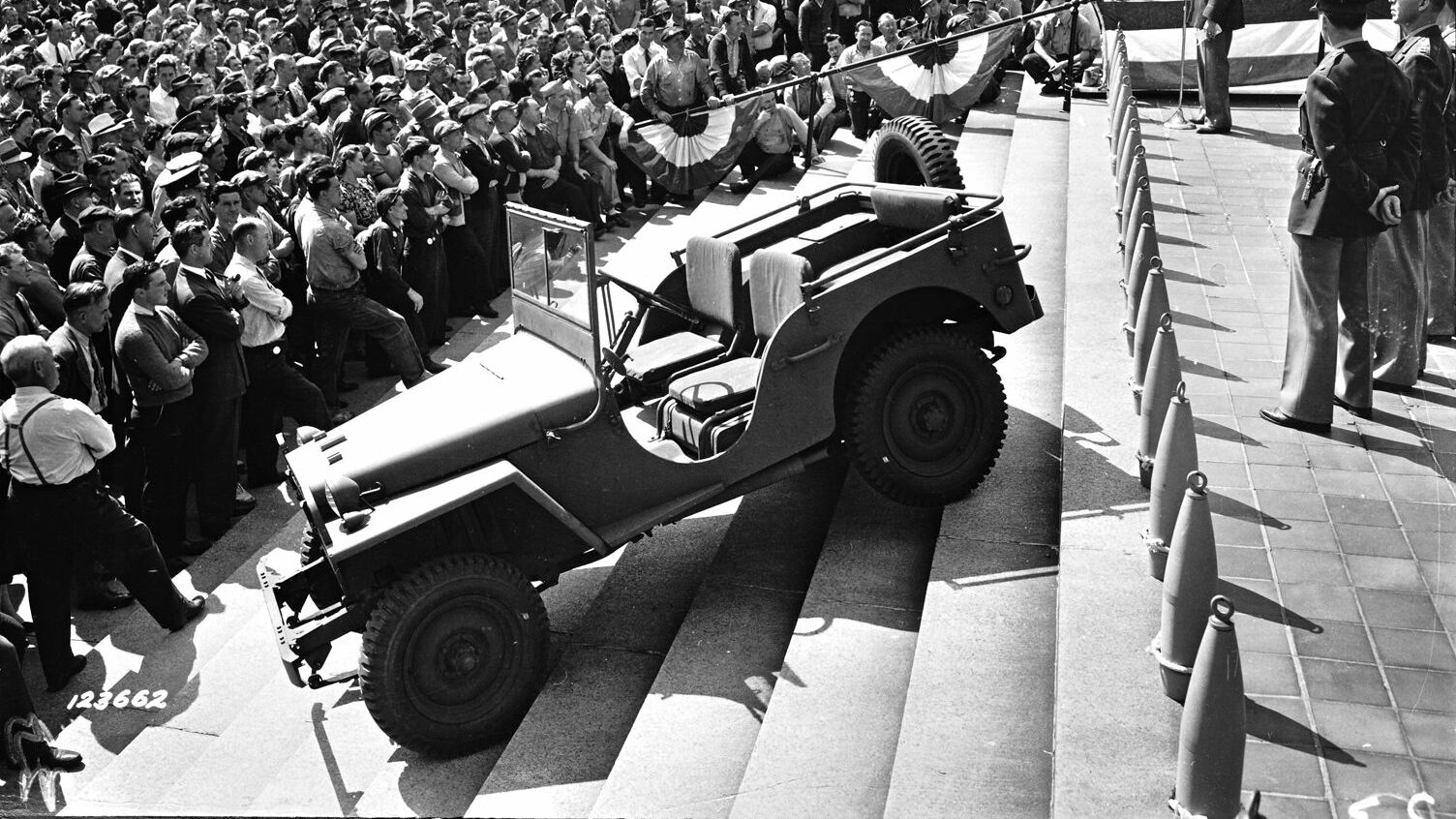
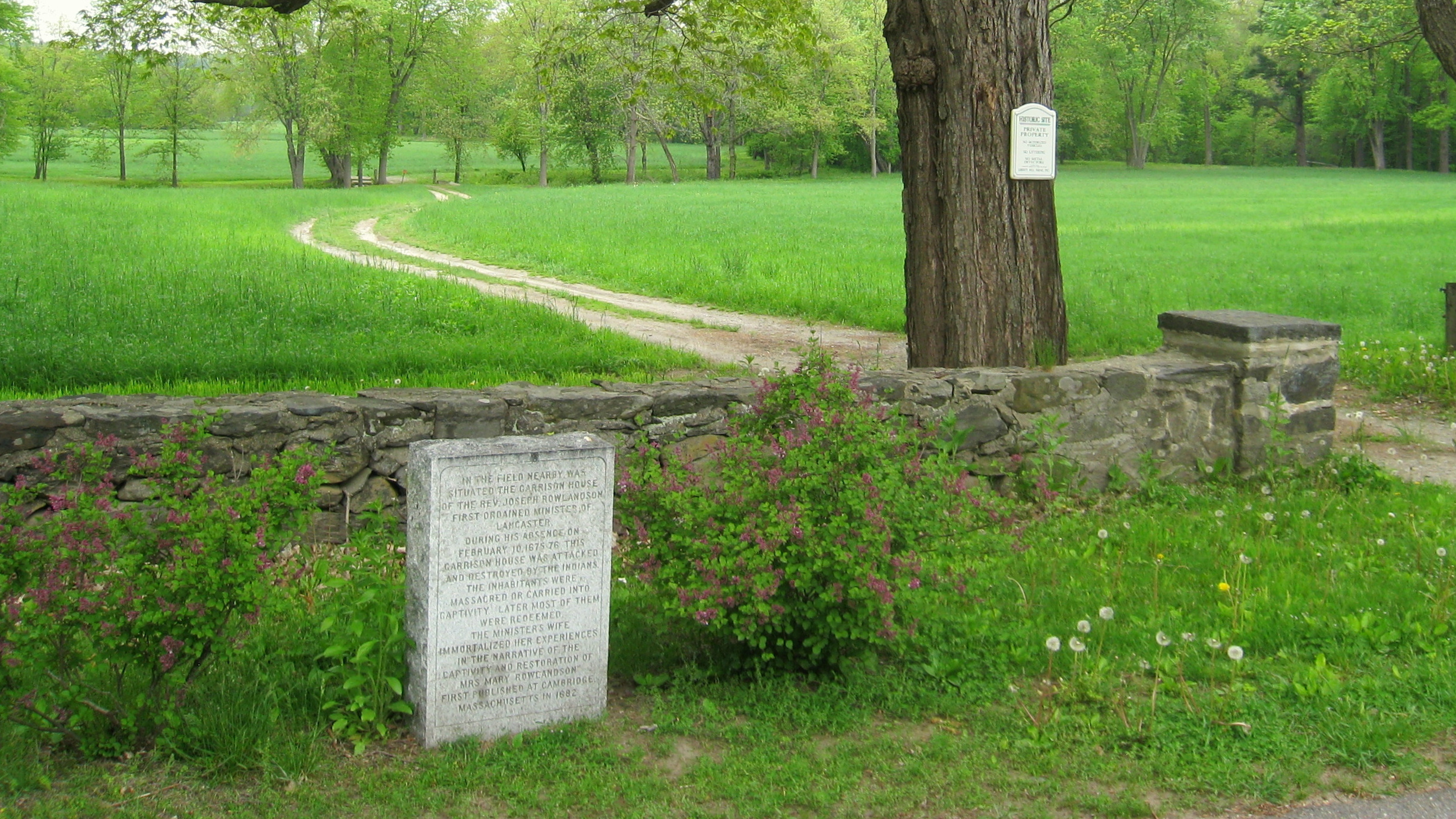
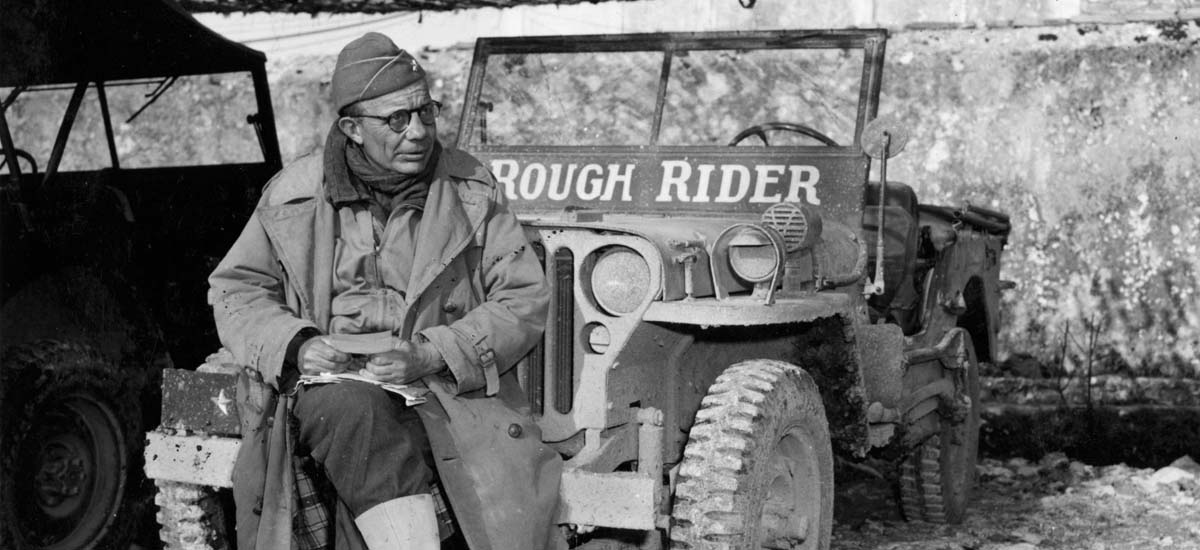
Join The Conversation
Comments
View All Comments